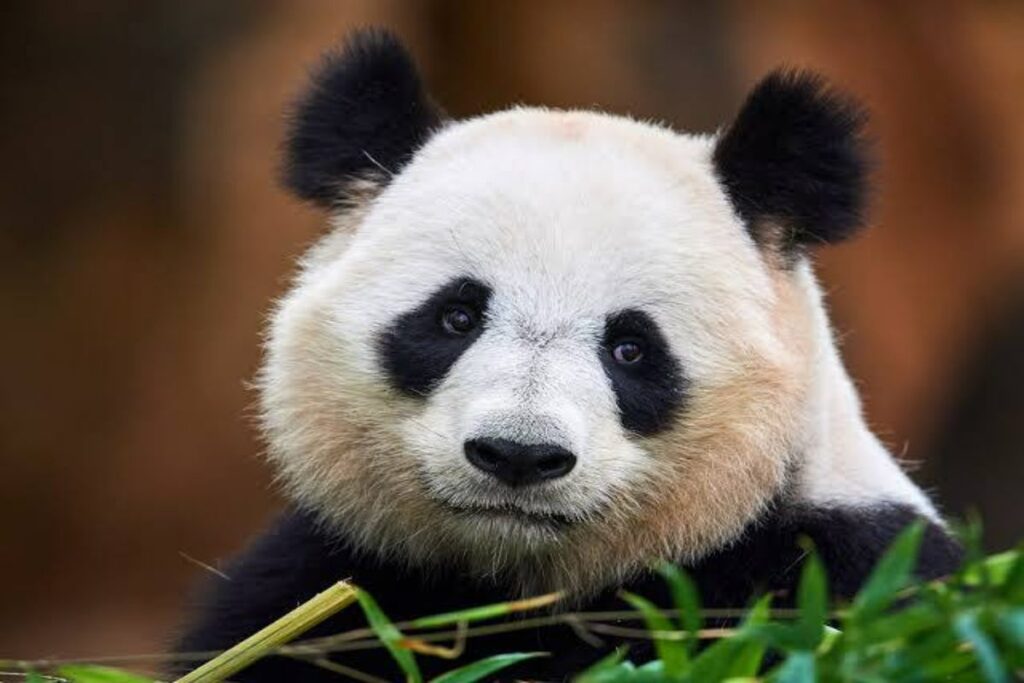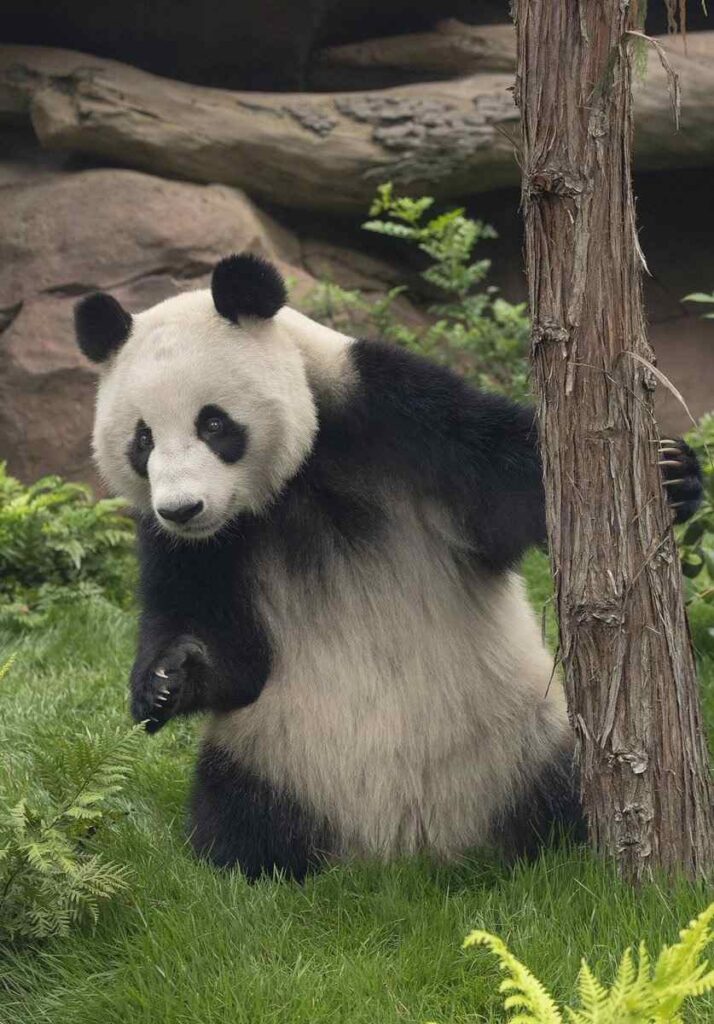A pair of giant pandas recently made their debut on American soil, becoming the first of the species to touch down in the country in over two decades. The giant pandas, which come from China, are officially at the San Diego Zoo. The grand re-opening of their exhibit was on August 8.

Pandas in the US again are a result of united conservation efforts between China and the US. While both countries usually butt heads now and then on different issues, this latest conservation feat that has reintroduced Pandas to the US is proof they can put aside their differences when it matters.
Meet the Giant Pandas
The recently debuted giant pandas are named Xin Bao and Yun Chuan. Reports claim they will live in the zoo’s newly renovated and expanded Panda Ridge. The ridge is a place inspired by the landscapes of their native habitats in the Sichuan, Gansu, and Shanxi provinces.
According to a zoo report, they are the first giant pandas to enter the country in 21 years. They arrived safely on June 27. Yun Chuan is an almost 5-year-old male panda identifiable by his long, slightly pointed nose. His mother, Zhen Zhen, was born at the San Diego Zoo in 2007.
ALSO READ: 25-Year-Old Struggling With Neurological Disease Suffers From Insomnia
Yun Chuan is active and has a “gentle” nature. The second panda, Xin Bao, is an almost 4-year-old female characterized by a round face and fluffy ears. Xin Bao’s name means “precious treasure of prosperity and abundance,” and they describe her as “very active, alert, witty and an excellent climber.”
The 30-Year Partnership With Conservationists in China
The arrival of the pandas is all thanks to the San Diego Zoo Wildlife Alliance’s 30-year partnership with conservationists in China. The partnership aims to protect and recover giant pandas and bamboo forests.

“By uniting our strengths, we’re restoring flourishing populations and healthy ecosystems, so giant pandas can thrive,” the zoo wrote on its website. “In the exciting next step of our partnership, we’re working to improve overall health and resilience for populations vulnerable to extinction and loss of genetic diversity,” the statement continued.
Since the population of pandas dwindled in the ’90s, conservation has become a top priority of global efforts. For this reason, the San Diego Zoo entered an alliance with China.
According to a June article by the San Diego Zoo Wildlife Alliance, the alliance happened because they wanted to “shift panda recovery from an uncertain future to one of hope and prosperity.”
POLL—Do You Support a Single-Payer Healthcare System (Medicare for All)?
The Zoo’s History With Pandas
The San Diego Zoo first housed giant pandas in 1996, during which time it made “critical” discoveries about the animals’ reproductive behavior, physiology, health, genetics, nutrition, and habitat needs.
Their research led to the development of a giant panda milk formula and other neonatal techniques that drastically increased survival rates for nursery-raised cubs from less than 10% to more than 90%.
In 1999, the alliance also accomplished the first successful artificial insemination of a giant panda outside of China. The pandas, as well as their US-born babies, were returned to China at the end of their 12-year loan agreement. The offspring of previous San Diego-raised pandas now return again to the US to further conservation efforts as the conservation status of giant pandas changed from endangered to vulnerable in 2016.
Do Pandas Need Humans To Succeed?
So far, the limited success of giant pandas is closely tied to human efforts. There have been conservation attempts, habitat preservation, research and monitoring task forces, captive breeding programs, and reintroduction programs.
They have all helped pandas, but in 2016, the conservation status of giant pandas changed from endangered to vulnerable, which means that if they are to remain in existence, human help is required.
Giant pandas can potentially survive without human intervention, but factors that would make that difficult include habitat loss and fragmentation, low reproductive rates, and climate change.
What Do Pandas Eat?
Giant pandas are herbivores, so their diet mostly consists of bamboo shoots and leaves. They may also occasionally eat wild fruit and certain crops.

A panda in captivity is typically fed a diet that includes bamboo, specialized feed, and fresh fruits and vegetables.
WATCH: Clever Hacks That Prevent Crying While Cutting Onions
Which Countries Have Pandas?
Giant pandas are native to China, but they can also be found in captivity in various countries around the world, including Canada, Japan, parts of Europe, Australia, Singapore, Malaysia, and Thailand.
Due to the panda’s cute appearance, many people from different countries harbor a desire to keep one as a pet. However, this is considered dangerous for the owner and unhealthy for the panda.
If you’re in the mood to see a giant panda, visit the San Diego Zoo. Visitors can view the pandas for free, or they can book an early-morning walking tour that includes accompaniment by an expert guide and exclusive viewings.
You Might Also Like:
Wynonna Judd’s Daughter Grace Kelley Arrested on 3 New Charges
The Simple Secret to Avoiding Low Back Pain
Baking Soda Water: The Surprising Health Trend That’s Got Everyone Talking
Michigan Man Lands in Jail for Disrespecting Judge With Profanity
Yung Miami Breaks Silence on the Diddy Scandal, Speaks on Her Experience Dating Him
